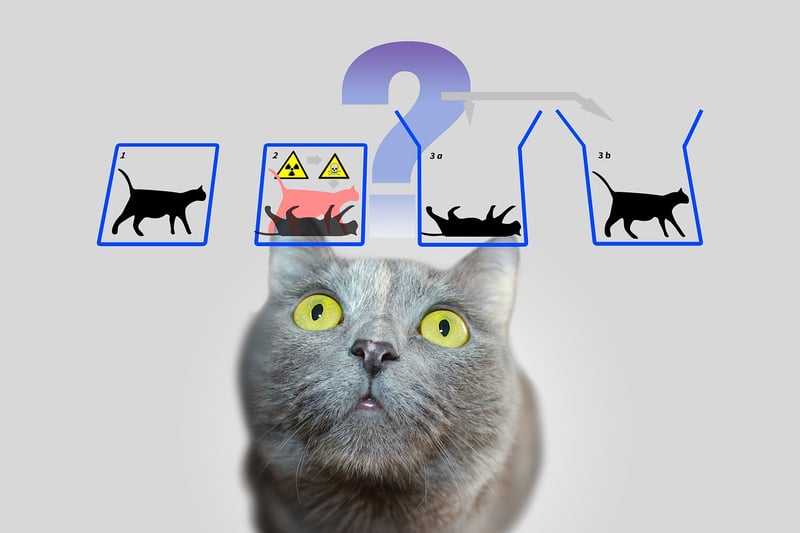Bootstrap Paradox
The Bootstrap Paradox: Exploring Time Travel and Causality

Time travel has long been a fascinating concept in science fiction, allowing us to explore the implications of altering the past or visiting the future. One intriguing aspect of time travel is the Bootstrap Paradox, a theoretical concept that challenges our understanding of causality and the origins of events.
What is the Bootstrap Paradox?
The Bootstrap Paradox, also known as a causal loop, is a hypothetical situation in which an object or information is sent back in time and becomes trapped in an infinite cause-and-effect loop without a clear origin. In simpler terms, it raises the question of what came first: the cause or the effect?
Example of the Bootstrap Paradox
Imagine a scenario where a time traveler goes back in time and gives a famous author a copy of their own book. The author then publishes the book, which becomes a bestseller. In the future, the time traveler finds the book, duplicates it, and goes back in time to give it to the author. In this loop, the book has no clear origin – it exists without being created by an original author.
Implications and Theories
The Bootstrap Paradox challenges traditional notions of cause and effect, leading to various theories about time travel and parallel universes. Some believe that such paradoxes could indicate the existence of multiple timelines or parallel dimensions, where events can loop indefinitely without a clear beginning.
Conclusion
The Bootstrap Paradox is a mind-bending concept that pushes the boundaries of our understanding of time, causality, and the nature of reality. While it remains a theoretical construct, it sparks intriguing discussions about the possibilities and limitations of time travel in science and fiction.
Explore more fascinating concepts and theories in the realm of time travel and causality to delve deeper into the mysteries of the universe.

Image Source: Pixabay
